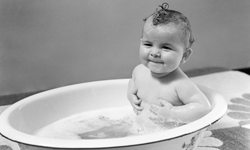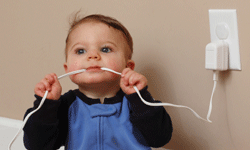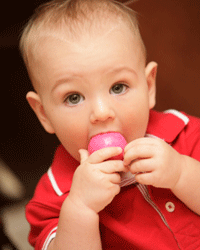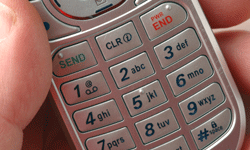Home -- it's where children grow and learn, the place where they find comfort, love and care. It's where they can see, touch, explore and experience the world around them, so their minds and bodies develop properly. It's also a place where children need to feel safe.
However, home injuries are a leading source of accidental death for children. Almost 21 million medical visits and 20,000 deaths each year are the result of accidents in the home [source: Home Safety Council ]. Media reports bring attention to the possible accidents that can occur, such as being bitten by a trusted pet, choking on balloons or wandering out the front door.
Advertisement
Fortunately, home injuries are largely avoidable through education and prevention. Parents can take proactive steps to childproof the home and keep their children safe by teaching them a few practical rules.
Take a look at the top 10 home safety tips for children.






